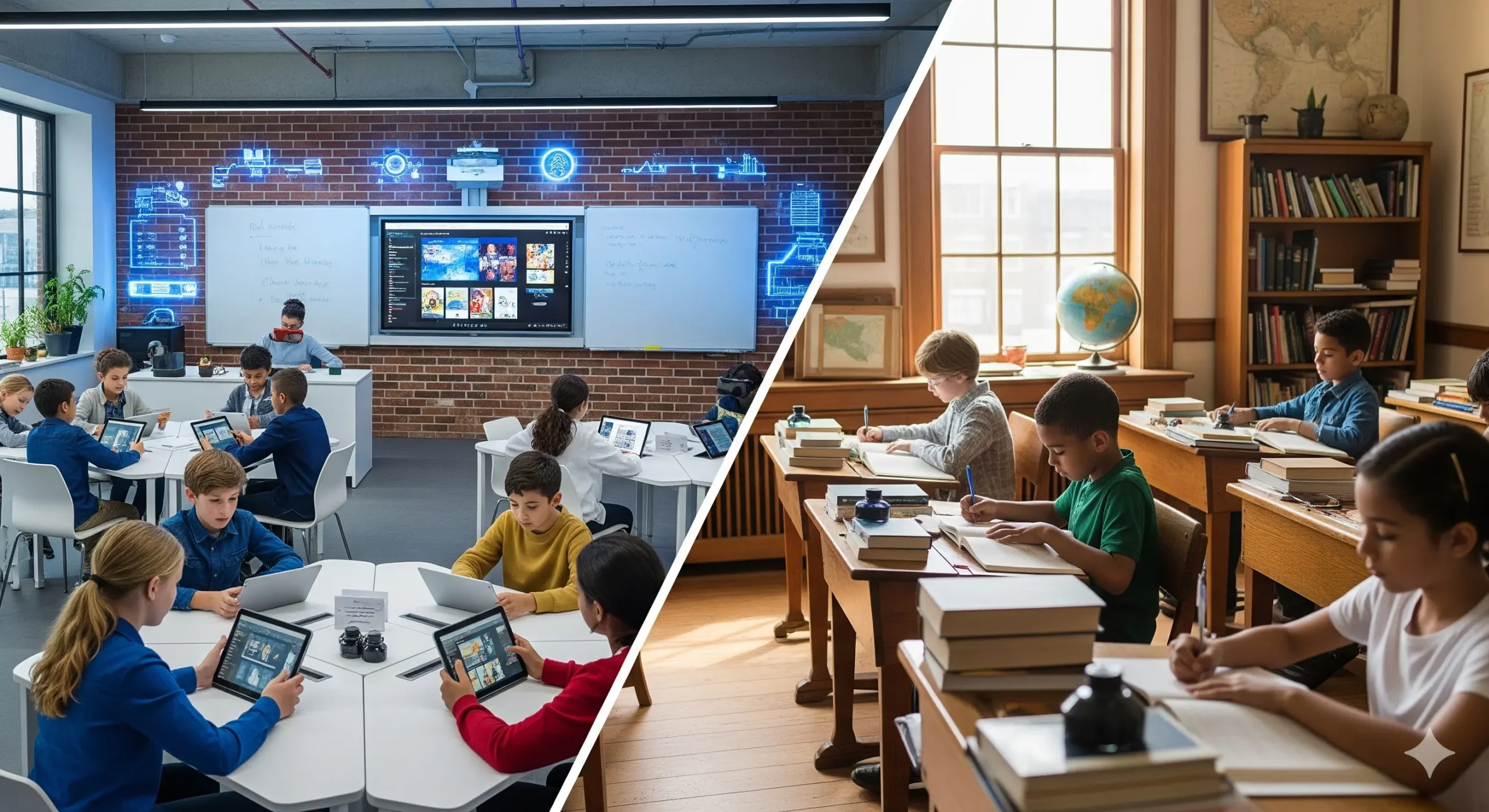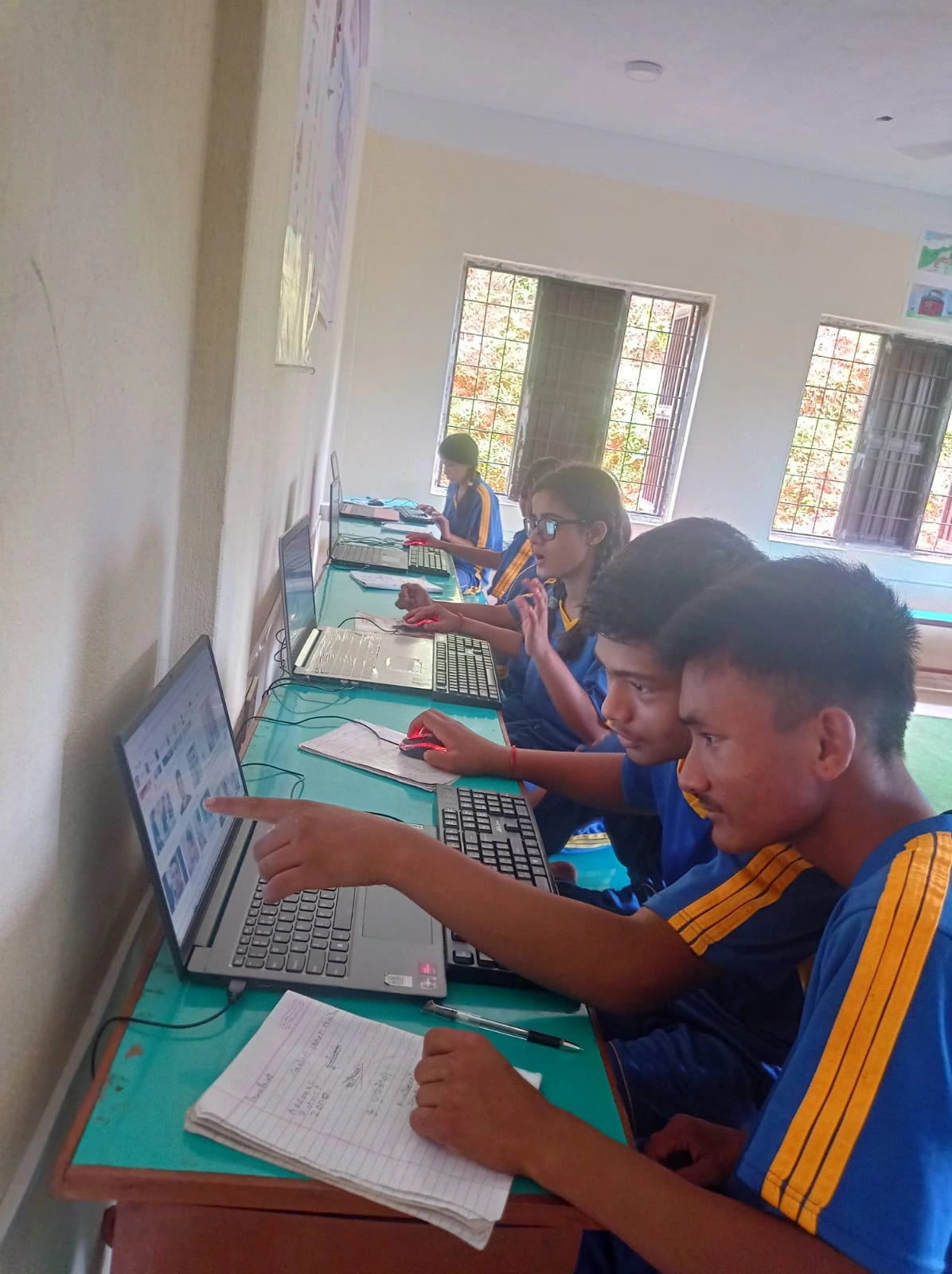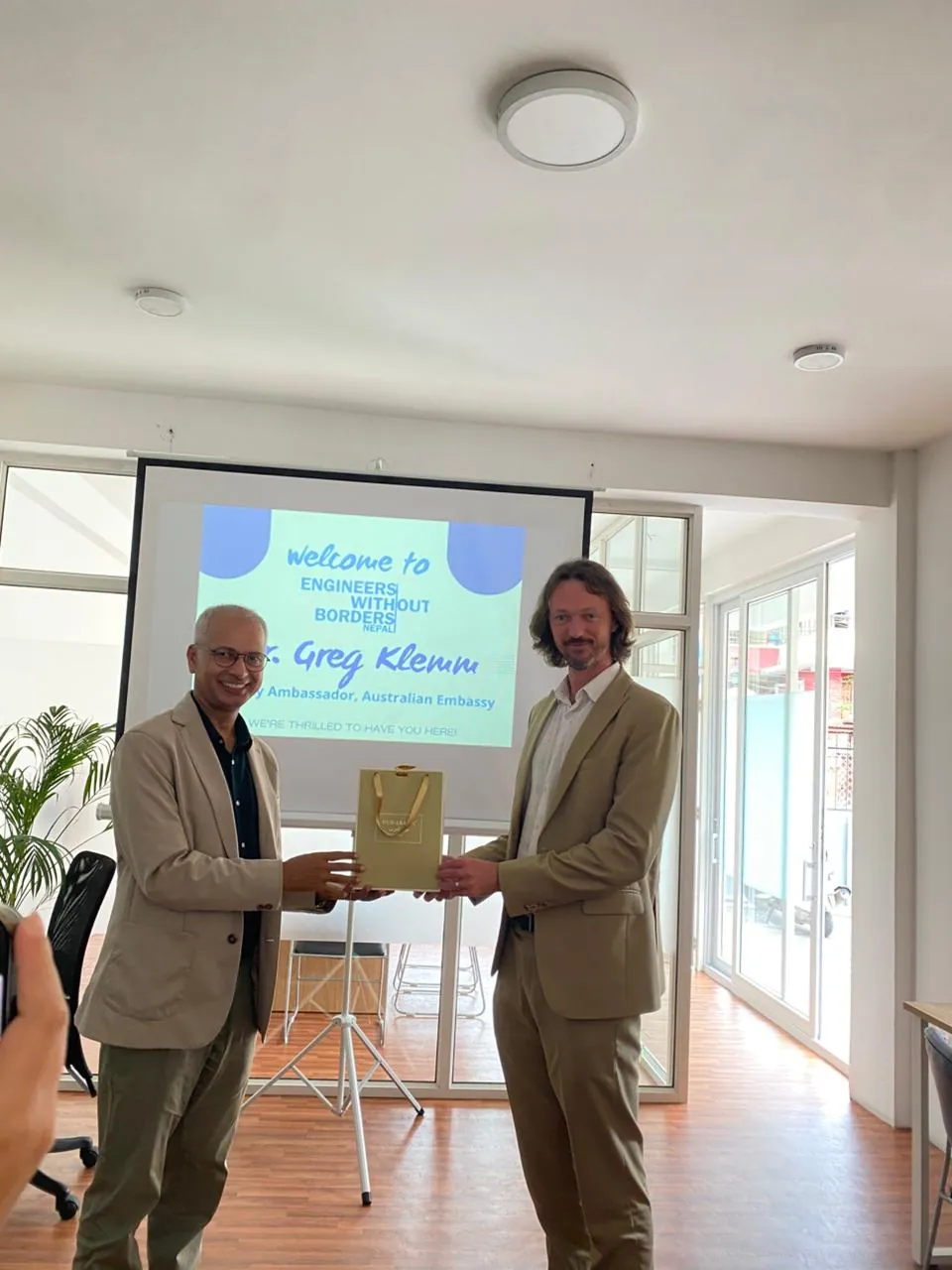September 18, 2025

By: Arum Sitoula – Nepalese Student Studying in South Korea | Volunteer at Engineers Without Borders Nepal
As an ethnically Nepalese student currently studying in a Private IB (International Baccalaureate) school in Seoul, South Korea and having recently completed a volunteer role at a nonprofit organization focused on education and development, I have had the opportunity to observe and reflect deeply on the differences between the education systems of South Korea and Nepal. This report highlights these differences, with a particular focus on the public education sector. It also examines the broader impact of these systems on national development and the ongoing brain drain from developing countries like Nepal.
Education is often considered the foundation of progress. A nation that equips its people with knowledge and critical skills empowers them to build better systems, innovate, and solve problems. But when the education system is broken or underfunded, it restricts not only individuals but the entire country’s potential. This is precisely the challenge facing Nepal.
South Korea’s education system is one of the most advanced in the world. With heavy investment from the government, public schools in Korea provide quality education that is standardized, well-resourced, and accessible across urban and rural areas. Even though Korean students often face immense pressure due to a competitive environment, the infrastructure, curriculum, and level of teacher training are far beyond what is seen in Nepal. Learning is not just about memorizing facts; students are encouraged to ask questions, debate, and think critically. From digital classrooms to after-school programs, every aspect of a student’s development is considered essential.
South Korea’s Education System
South Korea’s education system is widely recognized as one of the most effective and rigorous in the world. After the Korean War, the country was left impoverished with limited natural resources. The South Korean government made a strategic decision to invest heavily in education as a pathway to economic recovery and global competitiveness. Today, that investment has paid off. South Korea ranks consistently high in global education indices, such as the PISA (Programme for International Student Assessment) rankings.
In Korea, public schools are not just accessible. They are well-resourced and standardized across the nation. Whether in urban Seoul or the rural Jeolla Province, students have access to high-quality classrooms, digital learning tools, trained teachers, and a national curriculum that is regularly updated to reflect societal and technological changes.
Despite the strength of public education, many Korean students attend hagwons, which are private after-school academies that focus on everything from mathematics and science to languages and art. These academies often keep students in study environments late into the night, sometimes past 10pm. While the pressure is immense, these programs further reinforce academic learning and test preparation. Hagwons have become a cultural norm in Korea and reflect the society’s deep commitment to education.
The Korean education system places a heavy emphasis on standardized testing. The most notable is the Suneung (College Scholastic Ability Test), a grueling university entrance exam that can determine the trajectory of a student’s future. Schools rank students based on performance, and societal status is often closely tied to academic achievement. While this creates pressure, it also ensures that excellence is pursued from a young age.
Most Korean students aspire to attend prestigious national universities such as Seoul National University, Korea University, and Yonsei University. These institutions are world-renowned and serve as incubators for the country’s leadership in technology, medicine, and innovation. The emphasis on staying and contributing within Korea strengthens the nation’s internal development and reduces dependence on foreign education systems.
Nepal’s Education System
Nepal, in contrast, is struggling with fundamental issues in its public education system. While private institutions in Kathmandu and other urban areas offer relatively better education, the vast majority of Nepalese students rely on public schools. Many of these schools suffer from chronic underfunding, lack of infrastructure, and insufficient teacher training.
In rural areas, students often walk for hours to reach a school that may not even have proper classrooms or sanitation. Textbooks arrive late, if at all, and teacher absenteeism remains a significant problem. The curriculum tends to rely on rote learning with little emphasis on creativity, critical thinking, or practical application.
Nepal’s national examinations, particularly the Secondary Education Examination (SEE), formerly known as SLC, are outdated in structure and fail to test real understanding or skills. The pressure to pass these exams is high, but the results do not always reflect true learning or readiness for higher education or employment.
Unlike South Korea, where students strive to succeed within the national system, Nepalese students, especially the talented and ambitious, often look abroad for quality higher education. Countries like Australia, the United States, Japan, and even South Korea are popular destinations. Unfortunately, many of these students do not return after graduation. This leads to a significant brain drain. The exodus of talent has left Nepal without the very individuals who could drive innovation and development within a nation of their own.
South Korea’s commitment to education has been a cornerstone of its rapid economic development and global competitiveness. By cultivating talent within its own borders and retaining its educated population, the country has been able to foster homegrown industries and innovations. Education in Korea is not just a personal goal. It is a national mission.
Nepal, on the other hand, is facing a vicious cycle. Poor public education drives students abroad, and the lack of returnees means the country loses its potential changemakers. This weakens governance, hinders innovation, and prolongs economic dependency. The result is a nation rich in natural beauty and cultural heritage but starved of educational empowerment and professional leadership.
While no system is without flaws, the contrast between Nepal and South Korea’s public education sectors is stark. South Korea demonstrates what is possible when a nation makes education a true priority through long-term investments and societal support. Nepal must move beyond policy rhetoric and begin real reforms, including improving infrastructure, training teachers, updating their curriculum, and creating incentives for students and professionals to stay and contribute.
Until Nepal’s youth see their homeland as a place of opportunity rather than a stepping stone to somewhere else, the cycle of underdevelopment will persist. Education must become not just a means of escape but a tool for transformation.

In today’s world, digital literacy is more important than ever. Yet for many children in…

I would like to take an opportunity to thank our EWB Nepal for this incredible…

Engineers Without Borders Nepal was honored to host Mr. Greg Klemm, Deputy Ambassador of Australia,…

EWBN is delighted to announce a new Memorandum of Understanding (MoU) with CloudFactory, a global…

In today’s world, digital literacy is more important than ever. Yet for many children in…